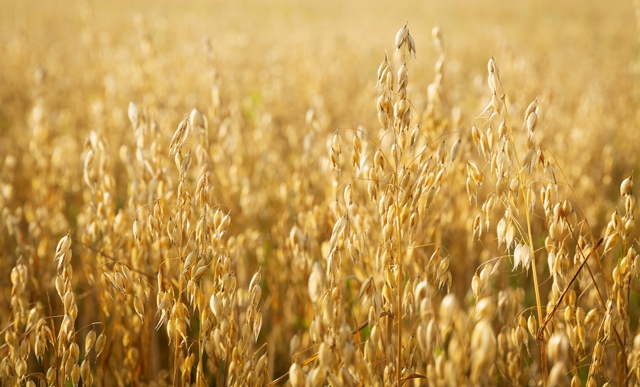Choosing a crop for autumn fodder
PRODUCTION ADVICE - MARCH 2020 - AGRONOMY
By John Fowler
Extension Agronomist
Ph: 03 5881 9933 | M: 0427 079 138 | E: john.fowler@lls.nsw.gov.au
Winter cereals can produce high-quality autumn fodder provided there is moisture to get them away early. Irrigators who have water to grow fodder need to plan now to make the best use of their resource.
Which cereal to choose
A fodder trial conducted at Blighty some years ago confirmed that oats are probably the best option for early growth. The first cut from this trial produced the following results:
Crop Type | Variety | Kg dm/ha | Relative Yield |
Oats | Eurabbie | 1,322 | 100% |
Ryecorn | Southern Green | 1,135 | 86% |
Wheat | Wedgetail | 934 | 71% |
Barley | Urambie | 690 | 52% |
While oats gave the highest autumn production, both ryecorn and wheat produced reasonable quantities of fodder. There may not be enough oat seed to supply demand, so landholders who make late decisions may need to use alternatives.
The trial had a very limited selection of varieties, and altern ative varieties (e.g. Planet, Moby barley) may well do better than the varieties included.
ative varieties (e.g. Planet, Moby barley) may well do better than the varieties included.
Several ryegrass varieties were also included in the Blighty trials. While spring production from ryegrass was substantially higher than cereals, their autumn production was considerably lower. The poorest producing cereal (barley) gave better autumn production than the ryegrasses.
The feed quality of all the cereals in the autumn was similar. Energy was around 10 Mj/kg dry matter. Feed quality of the ryecorn was initially good, however it declined rapidly after the second grazing.
Selection criteria
The best cereal type to choose will depend on what you are wanting to achieve. If the main selection criterion is autumn fodder, oats is the obvious choice. However, if you want to produce reasonable quantities of autumn fodder but also maximise grain recovery, oats is probably not the best option. Both wheat and barley are likely to produce more grain following a lock-up in the spring for grain recovery.
Good agronomy is required
To maximise fodder production per megalitre of water, good agronomy is required, particularly nutrition and weed control.
Nutrition: It is worth soil testing if the paddock fertility is unknown. Fodder production requires adequate nutrition, especially nitrogen. However, if you’re top-dressing established crops with nitrogen fertiliser (e.g. urea), be sure to allow at least 20 days before grazing to minimise the risk of poisoning stock with nitrate.
Weeds: A weed-free paddock is essential to maximise both autumn fodder and later grain recovery. The ideal situation is to select a paddock with a low weed burden. In the absence of a clean paddock, the recent rain has probably provided a good opportunity to use a knockdown herbicide on any weeds that have germinated.